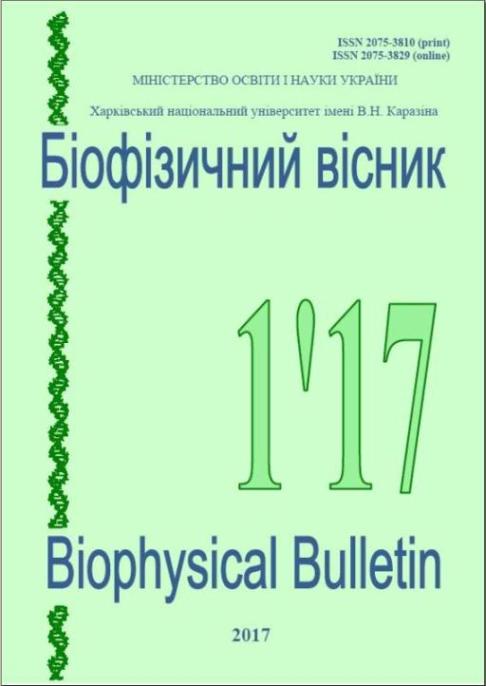Аналіз стійкості методів томографічної реконструкції рентгенівських медичних зображень
Анотація
Задача реконструкції зображень в рентгенівській комп’ютерній томографії зводиться до розв'язку інтегрального рівняння або системи алгебраїчних рівнянь для дискретного випадку. Задача є некоректною через невідповідність кількості рівнянь та кількості невідомих та через наявність похибки у експериментально виміряних даних. Тому задача пошуку кращого методу реконструкції в томографії є відкритою, всі наявні методи дають наближений результат. У статті проведено порівняння двох методів реконструкції: оберненого проеціювання та варіаційного. Порівняння виконано за допомогою чисельного експерименту, ціллю якого було отримання залежності між похибкою зображення і похибкою експерименту. Встановлено, що на відміну від варіаційного метода зображення, отримане методом оберненого проеціювання, нестійке: для нього відсутня збіжність наближеного зображення до точного при наближенні похибки експерименту до нуля. Варіаційний метод показав гарні результати реконструкції, незважаючи на малу кількість проекцій та наявність в них похибки.
Завантаження
Посилання
2. Deans Stanley. The Radon Transformand Some of its Applications. New York : Wilwy; 1983. 304 p.
3. Tikhonov AN, Arsenin V. Solution of Ill-posed Problems. Washington: Winston and Sons; 1977. 272 p.
4. Herman GT. Fundamentals of computerized tomography: Image reconstruction from projection, 2nd edition. London : Springer; 2009. 300 p.
5. Shepp L, Logan B. The Fourier Reconstruction of a Head Section. IEEE Transactions on Nuclear Science. 1974;NS-21:21-43
Автори, які публікуються у цьому журналі, погоджуються з наступними умовами:
- Автори залишають за собою право на авторство своєї роботи та передають журналу право першої публікації цієї роботи на умовах ліцензії Creative Commons Attribution License, котра дозволяє іншим особам вільно розповсюджувати опубліковану роботу з обов'язковим посиланням на авторів оригінальної роботи та першу публікацію роботи у цьому журналі.
- Автори мають право укладати самостійні додаткові угоди щодо неексклюзивного розповсюдження роботи у тому вигляді, в якому вона була опублікована цим журналом (наприклад, розміщувати роботу в електронному сховищі установи або публікувати у складі монографії), за умови збереження посилання на першу публікацію роботи у цьому журналі.
- Політика журналу дозволяє і заохочує розміщення авторами в мережі Інтернет (наприклад, у сховищах установ або на особистих веб-сайтах) рукопису роботи, як до подання цього рукопису до редакції, так і під час його редакційного опрацювання, оскільки це сприяє виникненню продуктивної наукової дискусії та позитивно позначається на оперативності та динаміці цитування опублікованої роботи (див. The Effect of Open Access).





